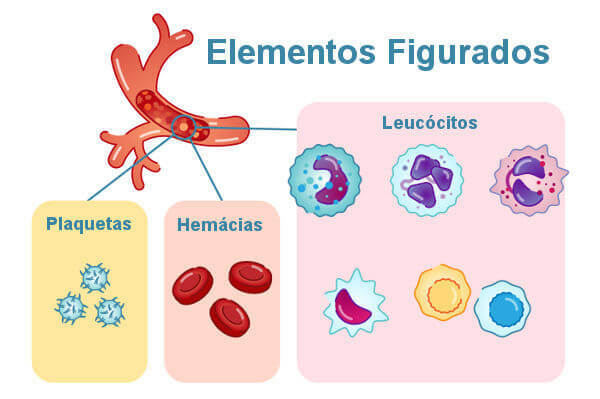Fungi are achlorophyllous, eukaryotic and heterotrophic organisms, quite different from animals and plants, which, together with bacteria, are the nature's main "junkmen", because by decomposing organic matter, they do not allow the accumulation of organic waste, in addition to providing the recycling of nutrients in the environment.
THE asexual reproduction in fungi it can occur in three ways, by fragmentation, budding and sporulation.
THE fragmentation it is a very simple type of asexual reproduction that occurs in certain species of fungi. In this type of reproduction, the mycelium (set of hyphae) breaks down, thanks to biotic or abiotic factors, giving rise to clones.
O budding, also called budding, is another type of asexual reproduction that occurs in fungi, such as Saccharomyces cerevisae. In budding, the adult fungus emits buds or lateral buds that develop and may or may not separate from the original cell.
THE sporulation is a type of asexual reproduction performed by several species of fungi, such as the
Rhizopus. In sporulation, fungi have structures called sporangiophores, which are nothing more than special hyphae that come out of certain points of the mycelium. At the end of each sporangiophore, we find the place where the spores are produced, which is called the sporangium. When the spores are mature, the sporangium takes on a dark color and breaks apart, releasing the spores into the environment. Spores are haploid cells with resistant walls that, because they are very light, are spread through the environment through wind, water, animals, man, etc. When this spore finds a place with favorable environmental conditions, it develops, originating a new mycelium.The fungi of the Phylum Ascomycota have their special hyphae called conidiophores and their spores called conidia. The fungi of the Phylum Cythridiomycota, which are mostly aquatic fungi, form spores called zoospores, which are endowed with a flagellum for better dispersion in water.
By Paula Louredo
Graduated in Biology
Source: Brazil School - https://brasilescola.uol.com.br/biologia/reproducao-assexuada-nos-fungos.htm


